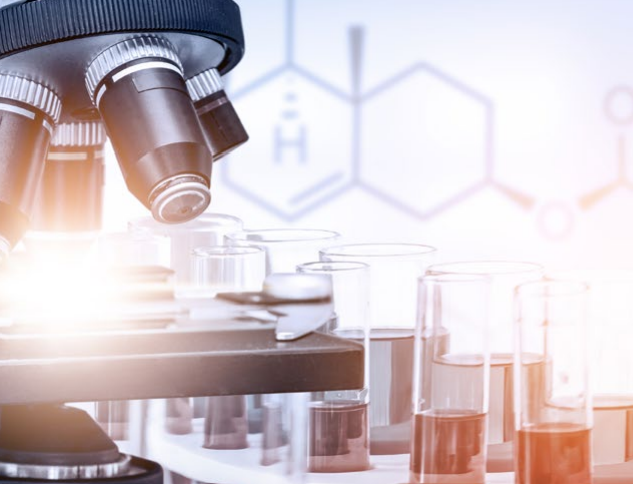Joint investments in research and development key to getting ahead of antimicrobial resistance

By WHO Antibacterial Pipeline Team
Development of new antibacterial treatments is inadequate to address the mounting threat of antibiotic resistance, according to the annual pipeline report by the World Health Organization (WHO). The 2021 report describes the antibacterial clinical and preclinical pipeline as stagnant and far from meeting global needs. Since 2017, only 12 antibiotics have been approved, 10 of which belong to existing classes with established mechanisms of antimicrobial resistance (AMR).
“There is a major gap in the discovery of antibacterial treatments, and more so in the discovery of innovative treatments,” said Dr Hanan Balkhy, WHO Assistant Director-General on AMR. “This presents a serious challenge to overcoming the escalating pandemic of antimicrobial resistance and leaves every one of us increasingly vulnerable to bacterial infections including the simplest infections.”
According to WHO annual analyses, in 2021 there were only 27 new antibiotics in clinical development against priority pathogens, down from 31 products in 2017. In the preclinical stage – before clinical trials can start – the number of products has remained relatively constant over the last 3 years.
More broadly, the report describes that, of the 77 anti-bacterial agents in clinical development, 45 are ‘traditional’ direct-acting small molecules and 32 are ‘non-traditional’ agents. Examples of the latter are monoclonal antibodies and bacteriophages, which are viruses that can destroy bacteria. Since antibiotics now have a limited lifespan before drug resistance emerges, non-traditional approaches offer new opportunities to tackle infections from antimicrobial resistant bacteria from different angles as they can be used complementarily and synergistically or as alternatives to established therapies.
Barriers to development of new products include the lengthy pathway to approval, high cost and low success rates. It currently takes approximately 10-15 years to progress an antibiotic candidate from the preclinical to the clinical stages. For antibiotics in existing classes, on average, only one of every 15 drugs in preclinical development will reach patients. For new classes of antibiotics, only one in 30 candidates will reach patients.
Of the 27 antibiotics in the clinical pipeline that address priority pathogens, only six fulfil at least one of WHO’s criteria for innovation. The lack of innovation rapidly undermines the effectiveness of the limited number of new antibiotics that reach the market. On average, resistance is reported to most new agents 2-3 years post market entry.
“Time is running out to get ahead of antimicrobial resistance, the pace and success of innovation is far below what we need to secure the gains of modern medicine against age-old but devastating conditions like neonatal sepsis,” said Dr Haileyesus Getahun, WHO Director of AMR Global Coordination. Approximately 30% of newborns with sepsis die due to bacterial infections resistant to first-line antibiotics.
The COVID-19 pandemic has also hampered progress, delayed clinical trials, and diverted attention of the already limited investors. Much of the innovation in antibiotics is driven by small- and medium-sized companies, which are struggling to find investors to finance late-stage clinical development up to regulatory approval. It is not uncommon for companies to suspend product development for several years, in the hope of securing the financing to continue development at a later stage or that the product may be bought by another company. Many go bankrupt.
Urgent and concerted investments in research and development by governments and the private sector are therefore needed to accelerate and expand the pipeline for antibiotics, especially those that can make an impact in low-resource settings, which are worst-affected by AMR. Countries should work together to find sustainable solutions and incentives for research, development, innovation and to create a viable ecosystem for antibiotics.

